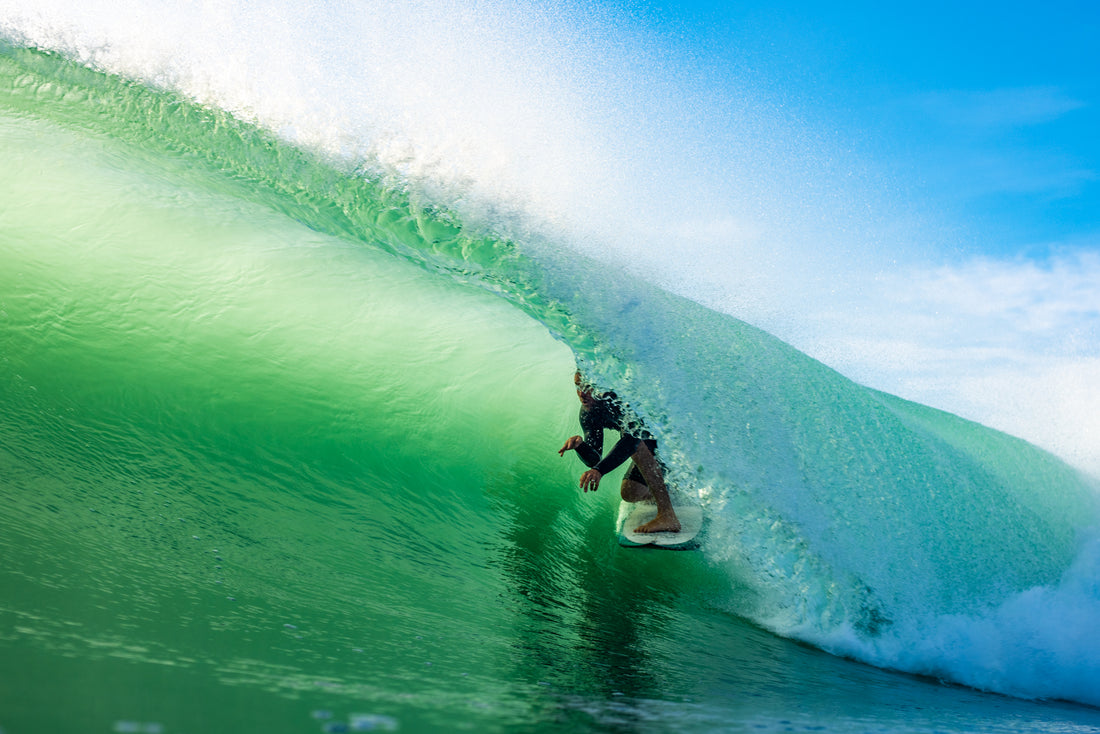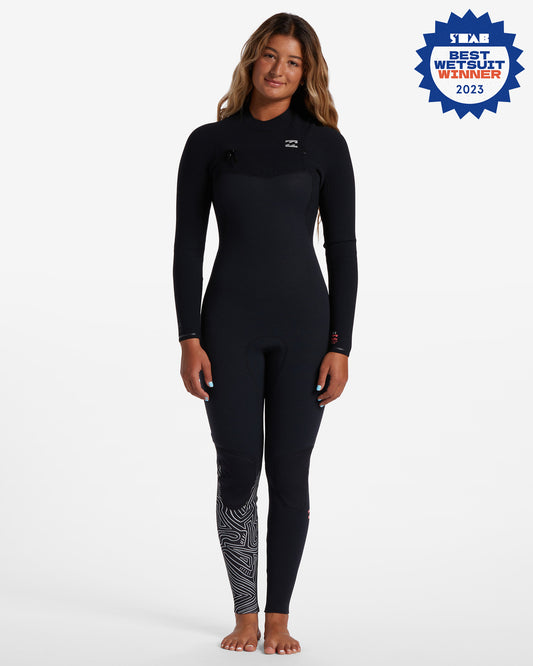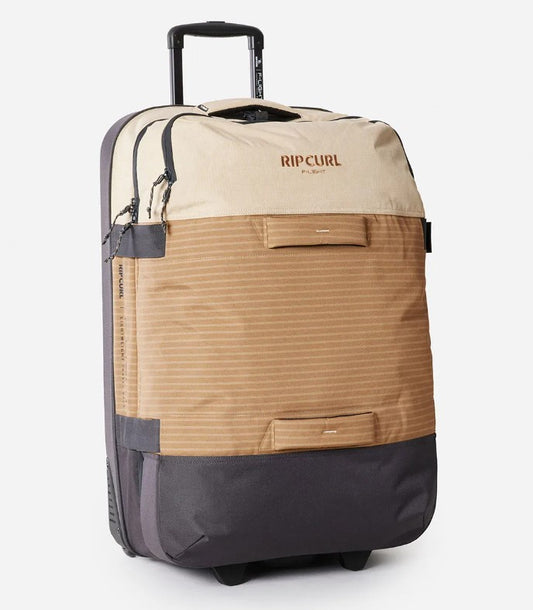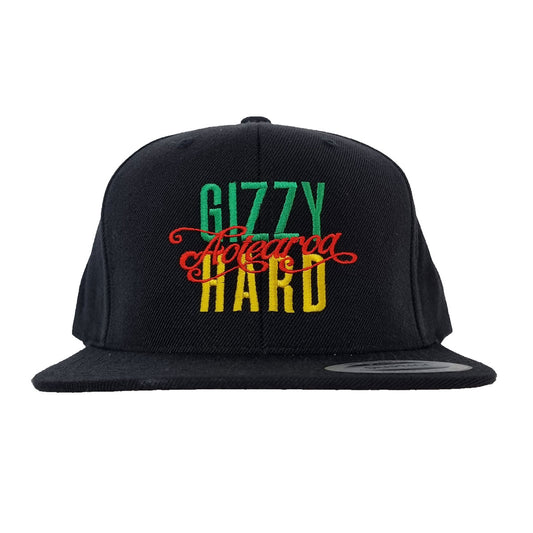Introduction
Gisborne and the East Coast area is one of the most consistent surf rich areas in New Zealand. There is a big swell (from SW through to NE) and wind window available and many different types of breaks on offer for beginner, intermediate and expert surfers. The surf doesn’t often get huge and remain surfable, but there are still some quite powerful spots that need to be respected. Every now and then a winter, or cyclone swell might throw up some triple overhead conditions that are rideable but that isn’t very common. Generally the surf ranges from around head high to double that size. The least consistent time for surf is the height of summer from December through January. Usually the best time for surf is from Easter through till the start of spring. We still get surf in the summer but it tends to be smaller and less frequent.
What To Expect
The prevailing wind direction in Gisborne is NW which will provide clean, offshore waves at most spots in town and up the coast. Unlike some places where there are more issues with localism, visitors to Gisborne will generally find a friendly welcoming vibe in the water as long as they give the same back and follow good surfing etiquette. The level of surfing in Gisborne is quite high so you may have to work to get your waves but you will enjoy them when you get them. Many pro surfers have come out of this area over the years with the most well know being Allan Byrne (RIP), Maz Quinn and Ricardo Christie.
The Crowds
Gisborne surf spots tend to not get too crowded most of the time but expect the main spots to get a bit busy when its pumping or on warm sunny weekends when the surf is small.

Surfing Etiquette
Wherever you travel to in New Zealand you should follow good surf etiquette and then everyone will enjoy themselves. Then it is much more likely that you will be welcome in the water. Surfers in New Zealand are a pretty good bunch as long as you are too. Below is a list of good surf etiquette that you should follow at all times. Do unto others as you would unto yourself:
- Never drop in or snake
- Never turn up to surf a spot in large groups of surfers
- Don’t get too greedy
- Be aware of any hierarchy in the water
- Be friendly
- Only go out in spots that are appropriate for your ability
- If you’re on a craft that makes it easy to get lots of waves (eg SUP or longboard) make sure you wait your turn or let a few waves go through
- Respect the locals that surf these spots all year round
- DO apologise if you cause any problems or make a mistake
- Respect the local environment and beaches
- Either paddle wide if you can, or paddle to the inside and take a hit if you can't if someone is on a wave so you don't get in their way.
- don’t ditch your board if it puts other surfers at risk
- give respect to gain respect
- help other people that are in trouble
- DO get stoked on other people’s waves!
- if you’re on a SUP and are beginner to intermediate level you don’t need to go out at the best peak on the beach. It is much easier for you to catch waves compared with other surfers so you don’t need to be amongst the biggest crowd. Move down the beach a bit and have fun scoring waves to yourself
- never surf between the flags at a patrolled part of the beach
- never surf in the competition zone if there is a surf comp on
- have fun and don’t take yourself too seriously
- Foils can surf almost anything. If you are on a foil avoid crowded areas

Type of Wetsuits Required
In spite of Gisborne having consistently some of the best and warmest weather in New Zealand in both summer and winter, the water can get surprisingly cold (water temperature ranging from 12 degrees on a cold winter up to maybe 21 degrees on a good summer season). If you’re coming down from Auckland, Coromandel or the Bay of Plenty expect the water to be a couple of degrees colder here than it is up there. From November or December to April most surfers will either wear a 2mm or 3/2mm wetsuit.
In a good, warm autumn you can wear your 3/2 through till about June. Sometimes in January and February you can wear boardshorts but you’ll certainly be more comfortable in some rubber. Throughout summer our sun is fierce so make sure you use adequate sun protection. July through till September a 4/3mm steamer is a necessity for most surfers and even before and after that period sometimes. A 3/2mm wetsuit will fill the gaps between the coldest and warmest months. Booties, hoods and gloves are optional in the winter but can certainly make your sessions last a lot longer. Ice cream headaches are commonplace so a hood can really make a difference if you’re paddling out through powerful surf. Quite a few spots around Gisborne don’t have a discernible channel so expect to duck dive a lot.

Local Surf Spots
This is not an exhaustive guide but more of a lowdown on the main spots which are well known and easily accessible. There are some good quality spots that are a bit more guarded so if you stumble across them without our help then good on you for doing some exploring and we hope you get some good waves!

Town beaches
Roberts Road/Waikanae: This is the most mellow area of the town beach, great for beginners and surf lessons or people just wanting to cruise. Be aware though that even here the surf can get big, can have some pretty horrendous rips from time to time and can still be quite powerful. Never underestimate the power of the ocean. Swell hitting here tends to be from the South or SW. Sometimes with a bigger SE swell there can still be waves wrapping into here. Winds are offshore from NE to NW so there can be waves here when the wind has spoiled it up the coast. Surfable on all tides depending on the sand banks but can get a bit soft on the high tide. Sometimes full low tide can cause it to close out. A bit less consistent through the summer but surf all year.

Gizzy Pipe/Midway
This might be the "Town Beach” but this area can get regular, quality, powerful waves especially from Autumn through till spring when we get regular swells from the southerly quarter. The surf is almost always bigger here than the Roberts Road end of the beach but often also more crowded. SW and South swells are the best but SE swells will still produce waves. The biggest East swells can sometimes wrap in but it will be smaller than the coast beaches. Winds are offshore from the NW and Northerly direction and light NE winds are generally ok too. The area straight in front of the midway Surf Club usually has the biggest waves but Pipe often has the best shape. When the surf is small its great for kids and beginners but when it gets over head high you need to be really aware of dangerous rips that can form. Once it is double overhead make sure you have the ability and fitness to surf here so as not to put other people at risk. This is another place that you can surf on all tides but again can sometimes get a little softer and harder to catch on the full high. The waves can barrel and get really punchy on other tides. When its on expect nice clean walls, sometimes fast, some barrels and you can get quite long rides too. One of the most consistently good spots in Gisborne during the winter months especially. You will have to work hard at times to get waves at the Pipe as the guys that surf here regularly have got the place wired. Plus there can be a lot of paddling involved. Generally you’re unlikely to be a victim of crime when you surf in Gisborne but it pays to be vigilant at the town beaches as every now and then there is some theft from cars by opportunistic scum.

ON THE WAY TO THE COAST:

Sponge Bay: There are several spots that you can surf at Sponge Bay so we’re only going to give you the general run down. Sponge bay will pick up swell from the SW to the East depending on which part you plan to surf. Winds are offshore from NW through to almost the East. Most of the time when the surf is small it is a pretty mellow place and good for beginners to intermediate but it can get pretty serious from time to time on a big swell. Sponge Bay is one of the more hazardous places to surf locally with submerged rocks, logs and sometimes hazards that have been illegally dumped here mingling with surfers in the line-up. Also be aware of valuables being left in your car as there has been known to be theft from cars here from time to time, especially because there is much less general traffic in this area. Generally you’re unlikely to be a victim of crime when you surf in Gisborne but it pays to be vigilant.

The Island
The Island is for competent surfers only and locals are a bit more protective of this area than other spots. So don’t be a dickhead and make sure you are respectful if you go surfing out there. Depending on your fitness it is a 15-30 minute paddle to the Island on a shortboard so make sure you factor this into account for any surf session. It is possible to walk some or all of the way from mid to low tide but there are sharp rocks under the water so wear an old pair of shoes or some grunty booties. Spots at the Island will get swell from the SW to the East and be offshore from NW to East. The most famous and consistent spot is the Bowl which is a left hand reef break with a barreling take-off and curving powerful wall that is offshore in N and NE winds. Ideal size range is 1-6 foot (measured from the back so double overhead), it loses its shape a bit over that size. It can be hazardous with partially submerged rocks and intense hold-downs when the wide sets come through when it’s a bit bigger. Another spot that you can surf on all tides but the quality and shape will change a bit. We won’t mention the other spots in this guide but good on you if you score them.

COAST BEACHES:
Wainui Beach: This is the most southern part of the "Coast Beaches” at around 6km from the centre of town. Wainui throws up world class beach break waves from time to time across an extended area from the Stock Route north past the Wainui School. The quality of the waves is heavily dependent on the banks and tides relative to the banks so can vary quite a lot even within the space of a couple of hours. There are plenty of places to easily access the beach so go for a drive and find yourself the best spot. Wainui will receive most swell directions but will tend to be smaller than elsewhere on swells from the southerly quarter. Swell from the East or NE tend to give the best, most powerful surf and it can really get all time. The best wind is NW but westerly will stay clean and the southern most part can be surfed sometimes in a SW wind depending on the strength of the wind. Good banks will produce fast, hollow waves. Poor quality banks can produce fat, soft waves. Beginner to intermediate surfers should check with locals first before going surfing at Wainui if they think it is outside their surfing ability as it can get quite serious here. Broken boards and leashes are not uncommon, neither are serious rips. Surf here all year and on all tides depending again on the banks.

Pines/Okitu
From the Wainui Surf club north to Whales there are several more breaks that on their day can produce truly epic waves. The Pines and Chalet areas are probably less consistently surfed than Wainui but can also often hold much bigger surf and still stay rideable. Maybe a couple of days a year Pines can hold surfable waves up to three times overhead but when it is like this it is only for advanced surfers. At times its only good for the crew with jet-skis. The Pines carpark is a great place to watch the action when the surf is pumping and the experts are getting big pits! This whole area will get swell from the SW through to NE. Expect Pines to be the spot on a big east swell, the Okitu area will be the biggest spot on a big SE swell. The best wind here is NW but again is offshore with a westerly. The most northern tip of Okitu around Whales and the reef can stay quite clean with a northerly wind if its not too strong. There is a lot of sand movement here so banks can vary wildly from day to day and also through the tides. With a big East or NE swell expect a hellish paddle out at Pines and you will probably get taken way down the beach towards Wainui before you get out the back. Some serious beatings and hold downs are commonplace. Bad rips again can be quite common along with broken boards and leashes. Surf on all tides but expect fatter waves around the high and then hollower waves from mid-low but sometimes will close out. The main hazards are rips and currents but it can also get quite shallow here at times so be wary not to dive too deep.




Beyond Gisborne:
There are some great spots worth driving to for surfing both up and down the coast from Gisborne that work when the surf isn’t so good locally. We won’t go into detail here as the locals in those places don’t enjoy big crowds of people turning up. But get in your car and go on a mission and you could score some world class waves. Like everywhere else though make sure you behave yourself and you might just share some stoke with the local surfers.

Many thanks go out to Derek Fryer for giving us permission to use some of his local surf shots to illustrate this surf guide. Go check him out on Instagram




